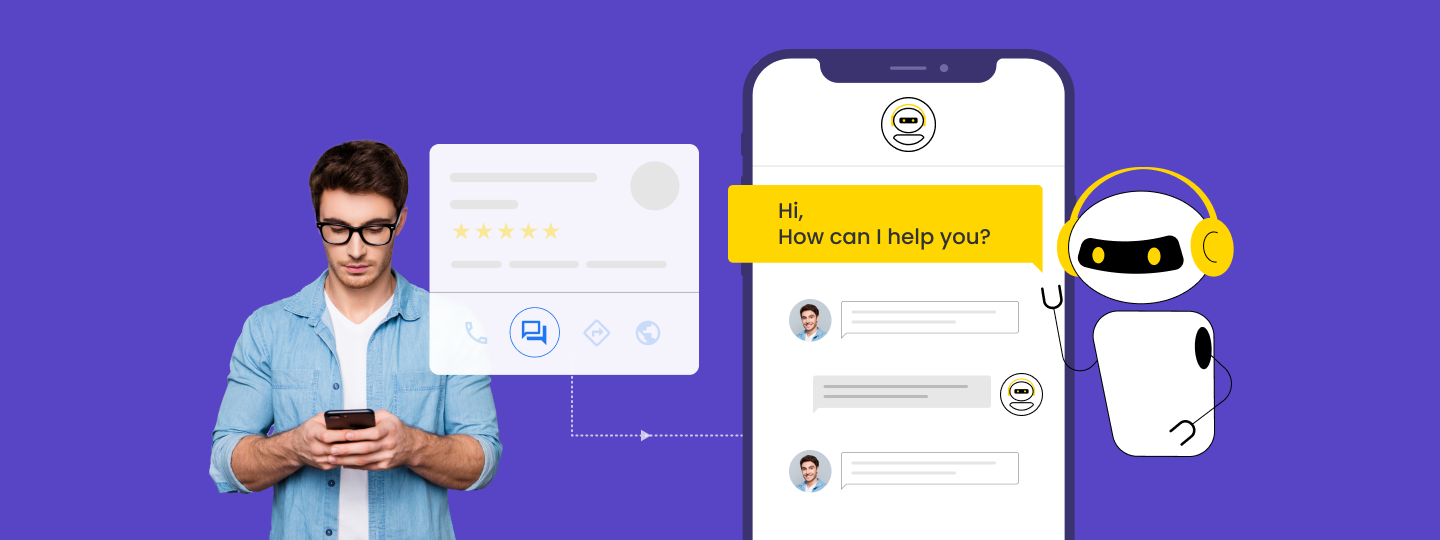The well-being of patients is linked to how invested they are in their own health journey. This makes it essential for you to allow patients to actively participate when you’re gathering information and making decisions about their symptoms, illnesses, and treatment options.
As healthcare providers, it’s on you to build this sense of involvement and collaboration, ensuring that patients feel heard, valued, and supported every step of the way whether using Allscripts vs Epic for streamlined patient management.
In this blog, we’ll look at the various engagement strategies — from pre-hospitalization to post-hospitalization follow-up — to effectively involve patients in their care journey and give them a better experience.
Pre-hospitalization Engagement Strategies
If you’ve ever been to a hospital as a patient, you know the feeling of anticipation and anxiety. Every patient, more or less, feels the same. These feelings can be calmed with the right hospital engagement strategies.
Here are three pre-admission engagement strategies that make the process easy for patients and their families:
1. Pre-admission information
To ensure that your patients are well-prepared, you first need to send automated emails or messages containing pre-admission information. These messages should inform them about what to bring, dietary instructions, and required paperwork. If you answer all the common queries before hospitalization, you can reduce the anxiety patients feel.
Here’s a template you can use:

2. Patient education campaigns
You don’t want your patients to be surprised by what you offer and what you don’t. This uncertainty often leads to low satisfaction.
Let your patients know beforehand about the hospital’s services, amenities, and what to expect during admission to reduce uncertainty and build trust.
You can deliver this information in digestible formats. How? Implement automated patient education campaigns via email newsletters, WhatsApp newsletters, videos, or interactive guides.
Template:

3. Patient check-in reminders
When the admission date for the patient is coming close, you can send them automated reminders nudging them to complete all the required paperwork and wrap up the preparations.
Make sure that these reminders are sent a day or two before the schedule. If they are sent earlier, patients might forget. And sending them too late only increases the stress.
Here’s a template for the same:

Hospitalization Engagement Strategies
Once the patient and family have arrived at the hospital, you can engage them to set the tone of their journey. Right from the moment they arrive, with your messages, you can make them feel welcomed and supported.
Here’s how you can engage them during hospitalization:
1. Welcome and orientation messages
Sending a welcome message is simple. It’s also an effective way to make them feel valued and at ease. In your welcome message, don’t forget to include essential information about the hospital, like a map and contact numbers of the departments concerned, etc.
Here’s a template you can use to welcome the patients:

2. Real-time status updates
You should also provide real-time status updates to give peace of mind and a little comfort to the family members.
Once the patient has completed their tests, you don’t want their family members to stay outside the reports room to collect the report. You can send them an automated message saying, “The tests are done, and you’ll be informed when the reports are ready to be collected.”
And once the reports are ready, send them a message saying,

You can also send these automated messages to inform the family about billing and health condition updates.
Post-hospitalization engagement strategies
When the job at the hospital is finished, the job is still half done. Discharge is not where the patient’s journey ends. You still need to make sure that the transition from hospital to home is smooth and that patients and families have all the information they need.
Try the following engagement strategies to ensure that your patients recover well at home:
1. Discharge Planning Information
The first thing you should do when a patient is being discharged is send an automated message that gives the family knowledge and resources for a fast recovery process.
What can this message include? Instructions on how to take care of the patient, medication details with time, information regarding the diet, etc.
You can also allow the patients to schedule a follow-up appointment right from the comfort of their home.
2. Post-discharge Follow-up
You can’t have your team sending follow-up messages to every patient your hospital deals with. However, by automating the post-discharge follow-up messages, you can reach out to every patient and show them that you care.
The follow-up messages can help you monitor how the patient is recovering. You might also provide them with additional resources and solve their concerns.
Here’s a template you can use for following up with your patients:

3. Appointment scheduling for follow-up visits
Doctors generally recommend patients to visit the hospital with their reports after a week or two to assess if the patient is recovering as expected. So, a few days after the discharge, you can reach out to the patients saying their recommended follow-up appointment date is approaching, and if they’ve not booked an appointment yet, now is the time to do it.
These automated reminders ensure that your patients attend these crucial post-discharge visits and recover quickly.
4. Patient Satisfaction Surveys
Once the patient has attended all the follow-up visits and has recovered, ask them how their experience was. Send them an automated patient satisfaction survey to collect insights on the quality of care patients get at your hospital.
These surveys will help you understand patients’ perspectives about your hospital. You’ll also be able to identify areas for improvement to make your hospital the first choice for patients.
Engage Patients To Provide Maximum Satisfaction
The goal of every hospital & clinic is to provide the best care and experience to their patients. One way to achieve this is by engaging with the patients and their families and keeping them informed every step of the way.
WebEngage is an engagement platform that allows healthcare providers to connect with patients across multiple channels. It helps you ensure that critical information reaches your patients when and where they need it most.
This platform comes with advanced features like real-time customer segmentation, journey mapping, and the ability to automate follow-ups across channels, which can help you personalize the patient experience and drive better outcomes.
Want to know more? Book a demo today!










 Dev Iyer
Dev Iyer